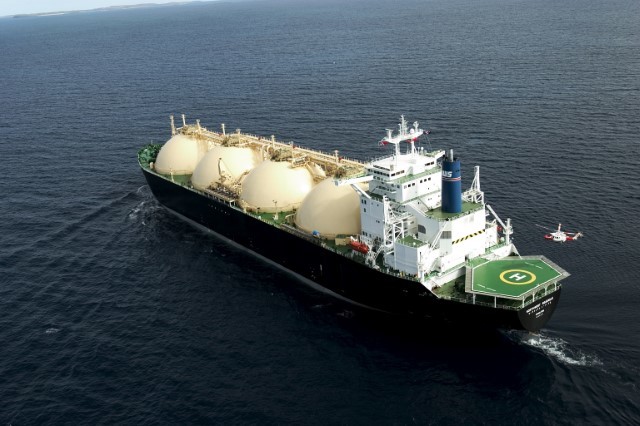
The global downturn has meant that demand weakness, particularly in Asia, has impacted the global LNG market.
Since 2010, we have started to see an increasing excess of supply of LNG over demand coming into the market and as a result, prices have fell rapidly over the past two years. This has meant that companies, which planned to build production capacity in the hope of a recovery, have now had to shelve projects due for final investment decisions.
So with prices falling and few signs of an imminent recovery, what impact will this have on LNG mega-projects?
The completion of the Gorgon LNG project in Australia is a good indication that perhaps the days of mega-projects are behind us. In March 2016, the six-year construction phase of the Gorgon LNG project completed at a cost of US$54bn.
But this was a problematic project from the outset. It had very strict environmental regulations, experienced technical problems, and given the highly unionised Australian labour market, the cost blow-out was much greater than people expected.
Ultimately, the project was delayed and over budget by a considerable amount, so I therefore question whether or not such mega projects are going to ever recur again, certainly in Australia anyway.
Furthermore, only 80% of Gorgon’s output is contracted, with the remainder feeding into the spot market. Indeed, given the precipitous fall in prices, there is scope for these long-term contracts to be renegotiated, but this would come at a price.
The LNG market is now going through a period of flux – it has changed from a supplier-led market to a buyer-led market. And ultimately, buyers are now dictating to suppliers both price and contract terms.
This means that the economics of any long-term contracted projects that they come back to renegotiate are hampered.
The great gas glut is impacting the European market in a number of ways. The surplus has pushed down prices and turned LNG into a buyer’s market, which in turn has increased competition between the suppliers and made discounting more common.
And if we look at the US, the shale gas revolution has not only impacted the oil market, but has slowly eroded a key import market for international gas.
Now the US is turning its focus to exportation, with the most obvious target being Europe. But with Europe getting a third of its imports from Russia, with the remainder coming from Norway, the Middle East, and surplus take or pay Asian LNG cargoes; Europe is an already crowded market for LNG producers. We can therefore expect further price reduction as the players seek to gain or maintain market share.
Given the rapidly changing environment and capex reductions, there is much uncertainty surrounding the future of the market in the next five to ten years, and as a result high-cost production is being shelved.
Ultimately, with projects being shelved and prices plummeting, big investment decisions will have to wait until the market has rebalanced to such a point that new rather than expansion capacity is required by the market. We can therefore deduce that the era of the mega-project is over, for now at least.
Recommended for you
